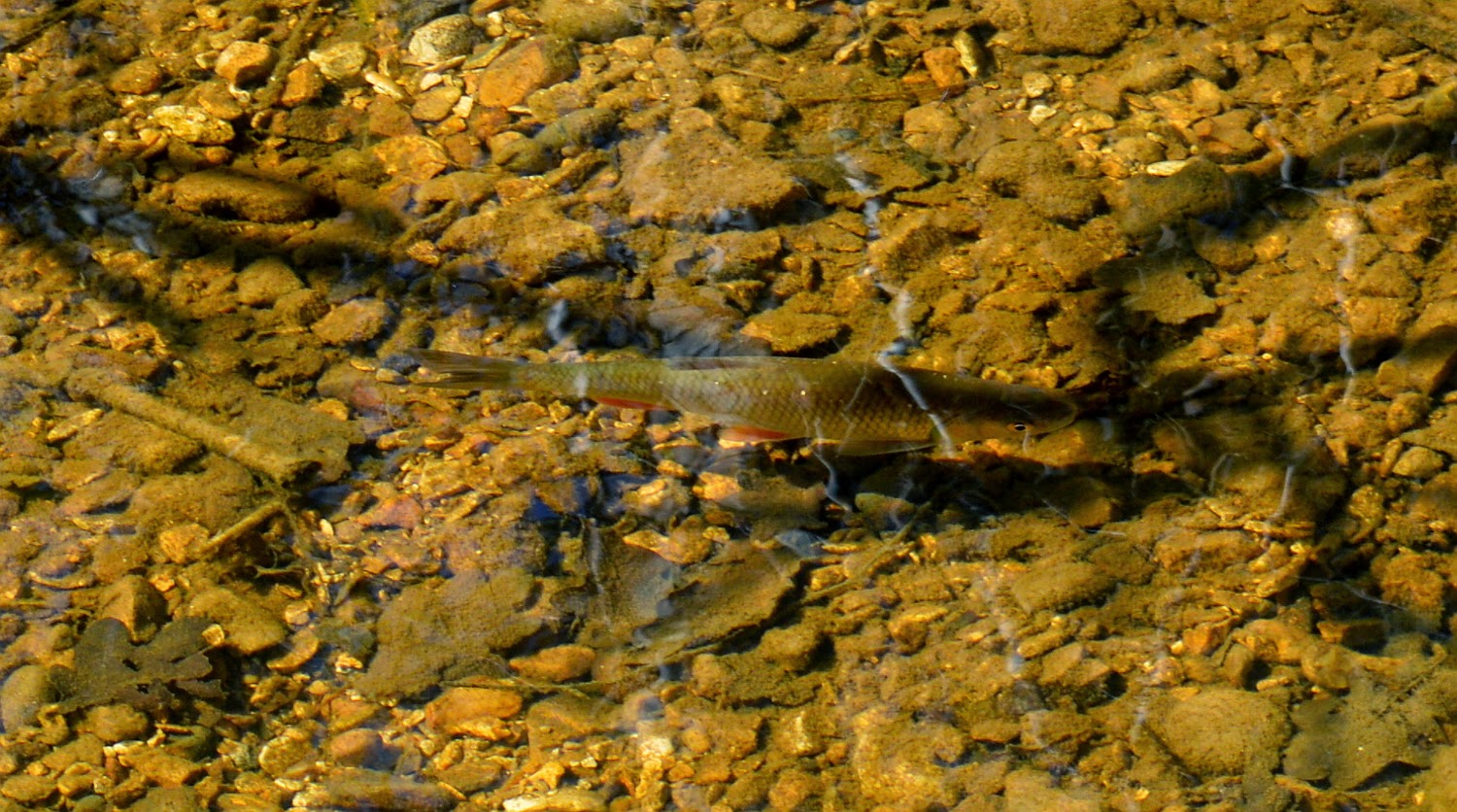Like many, the Levellers first came to my attention in the early 1990's, I think I'd heard some of the songs off their first album 'A weapon called the word', although 'Levelling the land' was the first album that I got hold of. The music, the sound, the words and what they had to say really resonated with me, and I've loved their music ever since. Bands come and go, though some stay with you to become part of your lifes soundtrack, so it is with the Levellers. I've seen them countless times over the years; in electric form, acoustic form and cut down form as Drunk in public and I've never been disappointed, and have never heard an album which I didn't like, nor one that has diverged from from what I thought were their beliefs and core values. In short, I've always believed, and defended to those who've been critical of the Levellers, my position that the Levellers are the genuine article and have never sold out.
After watching A Curious Life, the story of the Levellers, I know my beliefs were justified and were again affirmed. Narrated mainly by Jeremy, the Levellers bass player and resident artist, the film journeys through the life of the band; from their humble beginnings in Brighton band scene, through their free festival and uni circuit period to stadium band status and on to their current position of festival organizing music legends. Too gushy fan boy? I think not, the Levellers deserve any praise they receive. Through years when bands articulating opposition to the shit that's going down have never been more needed, yet have been so thin on the ground, the Leveller have consistently remained a beacon and an inspiration; they continue the tradition of music which has something to say, protest music if you will Rare in todays homogenized and bland music world. Every Levellers song has meaning; all delivered in their unique folk/punk/rock/protest? style. The film looks at their ups and downs; their uncomfortable relationship with the music press who gave them such a hard time, their rise to legend status, and all in their own words (not that they'd say they were legends, they're far to humble for that); it's honest and genuine, some pieces had me laughing out loud; it's a film which leaves you feeling this is a band which is comfortable in it's own skin. This is a proper band.
If you're a Leveller fan, watch this film, you'll love; if you're not a Leveller fan, watch this film and see what you're missing; and the extras, man, the extras...generous to a fault; in short.....watch this film.
After watching A Curious Life, the story of the Levellers, I know my beliefs were justified and were again affirmed. Narrated mainly by Jeremy, the Levellers bass player and resident artist, the film journeys through the life of the band; from their humble beginnings in Brighton band scene, through their free festival and uni circuit period to stadium band status and on to their current position of festival organizing music legends. Too gushy fan boy? I think not, the Levellers deserve any praise they receive. Through years when bands articulating opposition to the shit that's going down have never been more needed, yet have been so thin on the ground, the Leveller have consistently remained a beacon and an inspiration; they continue the tradition of music which has something to say, protest music if you will Rare in todays homogenized and bland music world. Every Levellers song has meaning; all delivered in their unique folk/punk/rock/protest? style. The film looks at their ups and downs; their uncomfortable relationship with the music press who gave them such a hard time, their rise to legend status, and all in their own words (not that they'd say they were legends, they're far to humble for that); it's honest and genuine, some pieces had me laughing out loud; it's a film which leaves you feeling this is a band which is comfortable in it's own skin. This is a proper band.
If you're a Leveller fan, watch this film, you'll love; if you're not a Leveller fan, watch this film and see what you're missing; and the extras, man, the extras...generous to a fault; in short.....watch this film.








































